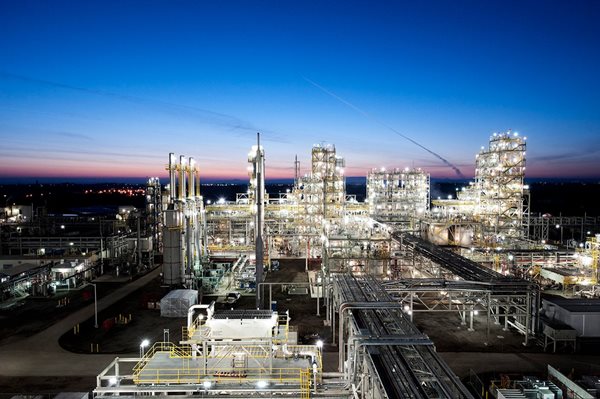From pv magazine USA
REC Silicon announced it is ceasing production at its Moses Lake, Washington facility that produced polysilicon used in solar manufacturing.
The reason given for the shutdown was the inability to “improve the level of some key impurities,” according to a press release. The company said it attempted to remedy the situation; however, it received an unsuccessful qualification test last month.
The company also stated that its customer could not wait any longer for “delivery of product that consistently meets the requirements at the correct levels and can be delivered at the needed volumes.”
In September 2023 pv magazine USA reported that Hanwha Qcells Georgia had entered into a 10-year supply agreement for high purity fluidized bed reactor (FBR) granular polysilicon to be produced at the Moses Lake facility for use in its ingot and solar wafer manufacturing.
REC Silicon reported that there were no other customers in the USA and limited customers outside of China. Due to the company’s inability to improve product quality, it would not be able to meet any customers’ needs. The company said it is now in advanced discussions with its customer about cancelling the contract.
The announcement about ceasing polysilicon production in Moses Lake follows REC Silicon’s decision last February to shut down production at its Butte, Montana facility. The manufacturer said the shutdown of the business in Butte is “primarily necessary due to the regional structural imbalance in supply and demand for electricity.” It is also said to be part of its strategy to ensure long-term profitable operations. That plant employed about 300 people and was one of the top private employers in the region.
REC Silicon stated that it will focus its business efforts on silicon gases and will prioritize driving costs out of its silicon gas assets and optimizing production, with a goal to return to profitability. It will maintain the silicon gas production equipment so the unit can be restarted, the company said, stating that “this will give the company the flexibility to capitalize on future customer demand for Silicon Anode or other gases while minimizing near-term operational costs.”
This content is protected by copyright and may not be reused. If you want to cooperate with us and would like to reuse some of our content, please contact: editors@pv-magazine.com.




I am surprised to learn that REC have been unable to improve the quality of FBR sillicon. They had inherited the legacy of the Union Carbide process developed way back in 1975-80. Therefore there was a vast knowledge and experience with them. In spite of this how they could not achieve the purity required? Obviously, impurity contribution should have been from the FBR operation. The Chinese company GCL which was fairly new to this technology have successfully mastered it and are running successfully huge plants and their cost of manufacture is low even when the quality is good. Was the American team demoralised as the plant had been shut-down for long and even after restarting, they did not get customers?